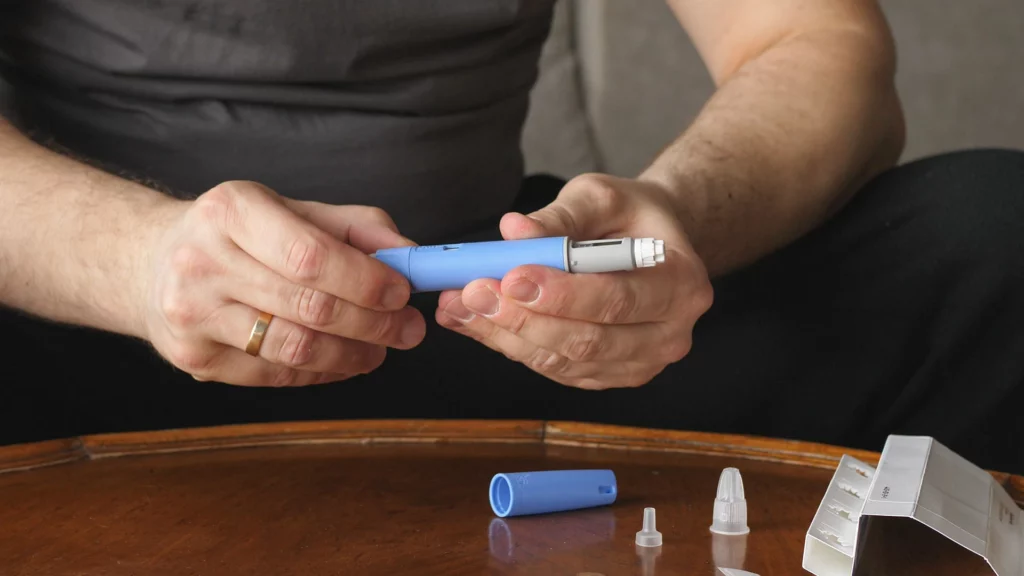Concussions and traumatic brain injuries (TBI) are significant health concerns that affect millions of people worldwide. While various factors can cause TBIs, sports-related head injuries have gained particular attention in recent years. The effects of a TBI can be long-lasting and devastating. Therefore, it is essential to understand the different types of TBIs, their symptoms, and how to prevent them.
Concussion Protocol
Concussion protocols have been established for athletes to minimize the risk of developing a TBI. This includes immediate removal from play, followed by an evaluation to determine the extent of the injury. Athletes should not return to play until they have fully recovered.
Cranial Anatomy
The brain is surrounded by three layers of membranes: the dura mater, arachnoid, and pia mater. The dura mater is the outermost layer and provides a tough barrier that protects the brain. The arachnoid layer is a web-like structure that helps cushion the brain, and the pia mater is the innermost layer that covers the brain’s surface.
Coup-Contrecoup Injuries
A coup injury occurs when the brain collides with the skull’s interior surface, causing damage at the point of impact. A contrecoup injury occurs when the brain collides with the opposite interior surface of the skull, causing damage away from the point of impact.
Focal Injuries
Focal injuries occur when blunt trauma to a specific area of the brain leads to capillary bleeding and brain tissue damage. Cerebral contusions are a type of focal injury that affects a specific area of the brain, leading to neuro deficits such as confusion and personality changes.
Intracranial Hemorrhage
Intracranial hemorrhage is the bleeding that occurs inside the skull, and it can be classified into three types: epidural hematoma, subdural hematoma, and intracerebral hemorrhage. One of the largest dangers of these types of hemorrhage (beyond uncontrolled bleeding and lack of oxygenation) is that they can cause increased intracranial pressure (ICP), resulting in further hypoperfusion to neurological tissue.
Diffuse Injuries
Diffuse axonal injury (DAI) occurs when the brain experiences shearing and tearing forces, leading to axon damage. The axon is the cell that transfers electrical impulses through the brain. When shearing forces stretch or tear the axon, neuro symptoms often ensue. Mild DAI is known as a concussion, and symptoms include confusion, disorientation, and even amnesia. If you experience these symptoms, you should avoid playing sports until all symptoms have disappeared. Repeated sub-concussive hits can lead to the development of chronic traumatic encephalopathy. Moderate and severe DAI can result in unconsciousness for a prolonged period.
Intracranial Perfusion and ICP
Intracranial pressure (ICP) is the pressure inside the skull. Since the cranial volume is fixed, any increase in blood, cerebrospinal fluid, or brain tissue can lead to increased ICP, which pushes on the brain and chokes out perfusion, and causing structural displacement, increasing ICP further. This will present as Cushing’s triad, which includes increased blood pressure, slowing pulse, and erratic breathing.
Signs and Symptoms of Brain Injury
The signs and symptoms of a TBI vary depending on the type and extent of the injury. These can include altered mental status (AMS), behavioral changes, amnesia, Cushing’s triad, vomiting, body temperature changes, pupillary changes, and decorticate or decerebrate posturing.
Neck, Spine, and Face Considerations
Stabilizing the spine, head, and airway are essential considerations in the management of TBI. Proper immobilization can prevent further damage and ensure that the patient’s airway remains open.



